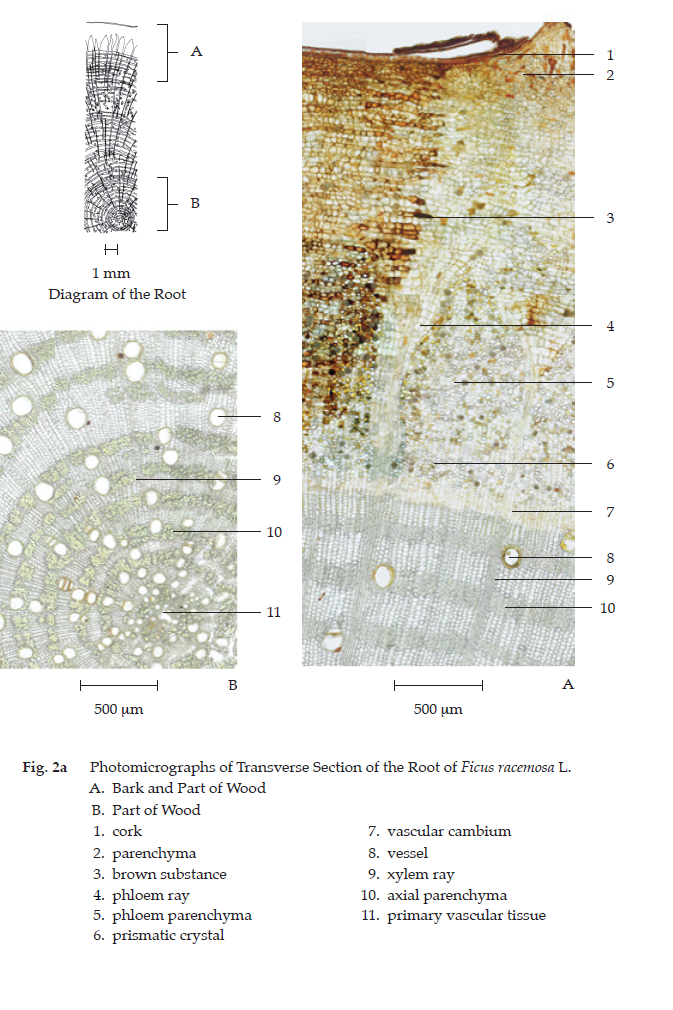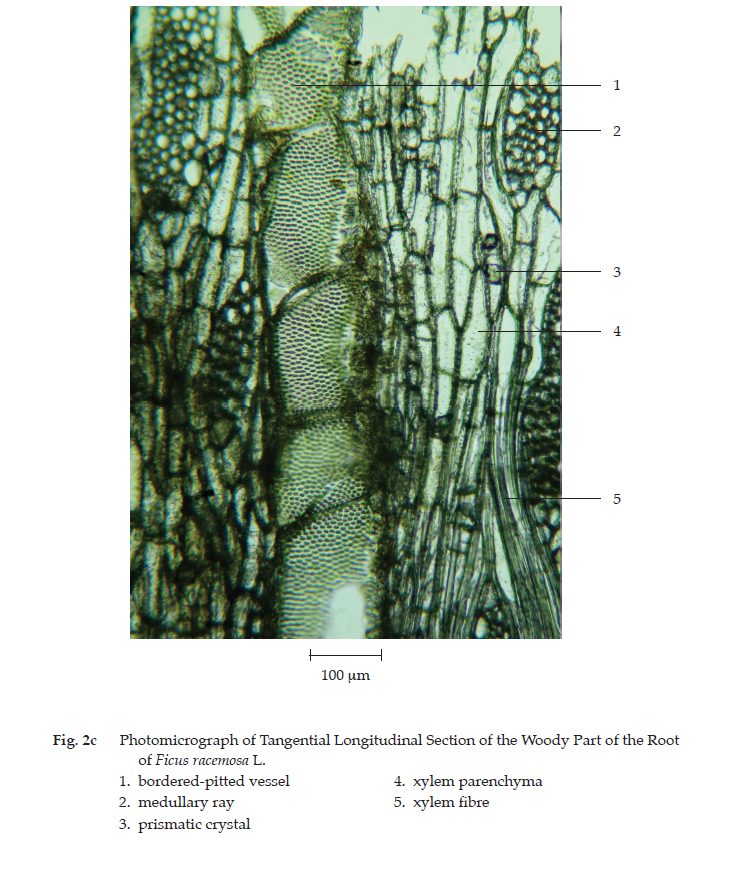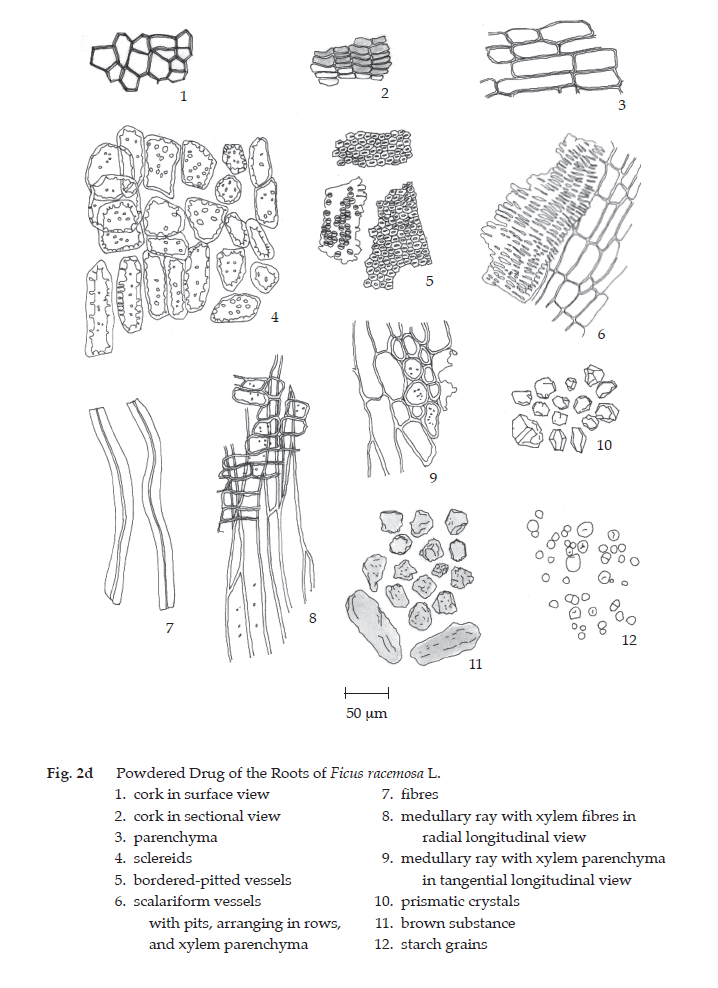ตำรามาตรฐานยาสมุนไพรไทย
Thai Herbal Pharmacopoeia
สำนักยาและวัตถุเสพติด กรมวิทยาศาสตร์การแพทย์ กระทรวงสาธารณสุข
Bureau of Drug and Narcotic, Department of Medical Sciences, Ministry of Public Health(Tinospora crispa (L.) Hook.f. & Thomson)
(Nelumbo nucifera Gaertn.)
(Centella asiatica (L.) Urb.)
(Centella Dry Extract)
(Centella Cream)
(Mesua ferrea L.)
(Piper sarmentosum Roxb.)
(Piper sarmentosum Roxb.)
(Pterocarpus santalinus L. f.)
(Santalum album L.)
(Senna tora (L.) Roxb.)
(Senna alata (L.) Roxb.)
(Senna Alata Tea)
(Piper retrofractum Vahl)
(Myristica fragrans Houtt)
(Andrographis paniculata (Burm. f.) Nees)
(Andrographis Capsules)
(Allium ascalonicum L.)
(Ocimum tenuiflorum L.)
(Curcuma longa L.)
(Turmeric Capsules)
(Turmeric Dry Extract)
(Turmeric Dry Extract Capsules)
(Arcangelisia flava (L.) Merr.)
(Curcuma sp.)
Harrisonia perforata (Blanco) Merr.
(Aristolochia pierrei Lecomte)
(Zingiber officinale Roscoe)
(Ginger Capsules)
(Ginger Tea)
(Cassia fistula L.)
(Nardostachys jatamansi (D. Don) DC.)
(Angelica sinensis (Oliv.) Diels)
Artemisia annua L.
(Ligusticum sinense Oliv. cv. Chuanxiong)
(Neopicrorhiza scrophulariiflora Pennell)
(Atractylodes lancea (Thunb.) DC.)
(Aucklandia lappa Decne)
(Terminalia chebula Retz.)
(Angelica dahurica (Hoffm.) Benth. & Hook. f. ex Franch. & Sav. var. dahurica)
(Kaempferia parviflora Wall. ex Baker)
(Hibiscus sabdariffa L.)
(Roselle Tea)
(Allium sativum L.)
(Zingiber zerumbet (L.) Sm.)
(Wurfbainia testacea (Ridl.) Škorničk.& A. D. Poulsen)
(Cannabis sativa L.)
(Myristica fragrans Houtt)
(Dracaena cochinchinensis (Lour.) S. C. Chen)
(Ficus racemosa L.)
(Hyptis suaveolens (L.) Poit.)
Clerodendrum indicum (L.) Kuntze
(Phyllanthus emblica L.)
(Citrus hystrix DC.)
(Citrus hystrix DC.)
(Areca catechu L.)
(Momordica charantia L.)
Moringa oleifera Lam.
(Aegle marmelos (L.) Corrêa)
(Solanum trilobatum L.)
(Morus alba L.)
Gynostemma pentaphyllum(Thunb.)
Makino
(Clinacanthus nutans (Burm. f.) Lindau)
(Cissus quadrangularis L.)
(Mimusops elengi L.)
(Zingiber montanum (J. König) Link. ex A. Dietr.)
(Piper betle L.)
(Capsicum annuum L.)
(Capsicum Oleoresin)
(Capsicum Gel)
(Piper nigrum L.)
(Piper nigrum L.)
(Eurycoma longifolia Jack)
(Thunbergia laurifolia Lindl.)
(Piper wallichii (Miq.) Hand.-Mazz.)
Senna garrettiana (Craib) H. S. Irwin & Barneby
(Terminalia bellirica (Gaertn.) Roxb.)
(Terminalia chebula Retz.)
(Caesalpinia bonduc (L.) H. Roxb.)
(Tarlmounia elliptica (DC.) H. Rob., S. C. Keeley, Skvaria & R. Chan)
(Hog Creeper Vine Dry Extract Capsiles)
(Hog Creeper Vine Dry Extract)
(Brachypterum scandens (Roxb.) Miq.)
(Lepidium sativum L.)
(Nigella sativa L.)
(Cuminum cyminum L.)
(Foeniculum vulgare Mill.)
(Plantago ovata Forssk.)
(Pimpinella anisum L.)
(Carum carvi L.)
(Anethum graveolens L.)
(Trachyspermum ammi (L.) Sprague)
Albizia procera (Roxb.) Benth.
(Acorus calamus L.)
(Tiliacora triandra (Colebr.) Diels)
Cyanthillium cinereum (L.) H. Rob.
(Orthosiphon aristatus (Blume) Miq.)
Murdannia loriformis (Hassk.) R. S. Rao & Kammathy
(Capparis micracantha DC.)
(Chrysopogon zizanioides (L.) Roberty)
(Cyperus rotundus L.)
(Cannabis sativa L.)
(Syzygium aromaticum (L.) Merr. & L. M. Perry)
(Boesenbergia rotunda (L.) Mansf.)
(Acanthus ebracteatus Vahl)
(Acanthus ilicifolius L.)
(Kaempferia galanga L.)
(Curcuma comosa Roxb.)
Betula alnoides Buch.-Ham. ex D. Don
Cannabis sativa L.
Carthamus tinctorius L
Mitragyna speciosa (Korth.) Havil
Mallotus repandus (Rottler) Müll. Arg
Azadirachta indica A. Juss. var. siamensis Valeton
Azadirachta indica A. Juss. var. siamensis Valeton
Punica granatum L.
Rhinacanthus nasutus (L.) Kurz
Baliospermum solanifolium (Burm.) Suresh
Curcuma aeruginosa Roxb
Boesenbergia kingii Mood & L. M. Prince
Senegalia rugata (Lam.) Britton & Rose
Acacia concinna (Willd.) DC.
Senegalia rugata (Lam.) Britton & Rose
Acacia concinna (Willd.) DC.
Senna alexandriana Mill. var. alexandriana
Cassia acutifolia Delile, Cassia angustifolia Vahl
Butea superba Roxb. ex Willd.
[Plaso superba (Roxb. ex Willd.) Kuntze, Rudolphia superba (Roxb. ex Willd.) Poir.
Pueraria candollei Graham
ex Benth. var. mirifica (Airy Shaw & Suvat.) Niyomdham
Streblus asper Lour.
Suregada multiflora (A. Juss.) Baill. (Gelonium
multiflorum A. Juss.
Cluster Fig Root is the dried root of Ficus racemosa L. (F. glomerata Roxb.) (Family Moraceae), Herbarium Specimen Number: DMSC 5221, Crude Drug Number: DMSc 1077.
Constituents Cluster Fig Root contains triterpenoids such as lupeol, lupeol acetate, α-amyrin acetate, and β-amyrin acetate. It also contains sterols, tannins, etc.
Description of the plant (Figs. 1a, 1b) Evergreen or deciduous tree up to 30 m tall, monoecious; becoming buttressed, often with irregular crown; bark whitish to pinkish brown, smooth when young, cracked when aged, exudating ivory or pinkish latex; young twig solid, finely pubescent. Leaves simple, spirally arranged, elliptic, obovate, oblong, lanceolate or subovate, 5 to 20 cm long, 3 to 10(–12) cm wide, apex acute or acuminate, base obtuse, oblique or cuneate, margin entire, sometimes irregularly dentate or sublobate, coriaceous, sparsely pilose or glabrescent on both surfaces, lateral nerves 4 to 9 pairs, conspicuous on the lower surface; petiole 1.5 to 7.5 cm long, grooved, brownish, minutely hairy; stipule triangular ovate, 1 to 1.5 cm long, about 5 mm wide, brownish, subpersistent or caducous. Inflorescence and fruit known as syconium or fig, cauliflorous or borne
on leafless branches, up to 25 cm long; peduncle 0.3 to 1.2 cm long; basal bracts 3, 1 to 2 mm long, persistent; receptacle subpyriform to globose, puberulous; without lateral bracts. Flowers 3 types: male flower sessile, ostiolar bracts many, tepals 3- to 4-connated, lobes dentate-lacerate, reddish, stamens 1 to 3, pistillode present; female flower sessile or subsessile, tepal as in male, ovary with reddish dots, substipitate, style lateral, glabrous,
stigma simple; gall flower dispersed among females, pedicellate, ovary dark red and glabrous. Fruit pyriform or depressed subglobose, 3 to 5 cm in diameter when fresh, 1.5 to 3 cm in diameter when dry, green when young, pinkish to purple-red or orange at maturity, usually streaked, puberulous, apex flat to slightly concave, ostiole about 3 mm in diameter, prominent; internal hairs absent.
Description Odourless; taste, bland.
Macroscopical (Fig. 1a) Obliquely, longitudinally or transversely sliced roots, varied in shape and size; bark 1 to 3 mm thick, dark brown, with scattered irregular scars; wood light brown, some with darker rings in the centre.
Microscopical (Figs. 2a, 2b, 2c, 2d) Transverse section of the root shows periderm, cortex, phloem, vascular cambium, and xylem. Periderm, several layers of brown thin-walled rectangular cork cells. Cortex, parenchyma, some containing starch grains, prismatic crystals of calcium oxalate or brown substance, and sclereids. Phloem, small parenchyma, some containing starch grains, prismatic crystals of calcium oxalate or brown substance, phloem fibres, and phloem ray cells. Vascular cambium, several layers of small thin-walled rectangular cells. Xylem, scalariform and bordered-pitted vessels (some containing brown substance), xylem fibres, thick-walled porous xylem parenchyma, and xylem ray cells.




Radial and tangential longitudinal sections of the woody part of the root show bordered-pitted and scalariform vessels with pits, arranging in rows, porous thick-walled rectangular xylem parenchyma and ray cells.
Cluster Fig Root in powder possesses the microscopical characters of the unground drug. Sclereids, xylem ray and vessels (some with brown substance) can be seen in abundance. Scalariform vessels with pits arranging in rows are characteristic.
Packaging and storage Cluster Fig Root shall be kept in well-closed containers, protected from light, and stored in a dry place.
Additional information In Thai herbal markets, the adulteration of cluster fig root with stems, branches, etc. may be found.
Identification
A. Reflux 500 mg of the sample, in fine powder, with 10 mL of chloroform for 10 minutes and filter. Evaporate the filtrate to dryness. Dissolve the residue in 1 mL of acetic anhydride and then slowly add 1 mL of sulfuric acid to form two layers: a red-brown ring forms at the zone of contact and the upper layer is green.
B. Macerate 100 mg of the sample, in fine powder, with 4 mL of ethanol for 5 minutes and filter. To 2 mL of the filtrate, add 2 or 3 pieces of magnesium ribbon, shake well and mix with a few drops of hydrochloric acid: a pinkish orange colour develops.
C. Carry out the test as described in the “Thin-Layer Chromatography” (Appendix 3.1), using a high-performance plate with silica gel F254 as the coating substance (a precoated plate by Merck Millipore or by Sigma-Aldrich or equivalent is suitable) and a mixture of 90 volumes of n-hexane and 10 volumes of ethyl acetate as the mobile phase and allowing the solvent front to ascend 8 cm above the line of application. Apply separately to the plate as bands of 8 mm, 10 μL of solution (A) and 1 μL of solution (B). Prepare solution (A) by macerating 1 g of the sample, in fine powder, with 10 mL of methanol for 20 minutes, filtering and evaporating the filtrate under reduced pressure to dryness. Dissolve the residue in 2 mL of methanol. For solution (B), dissolve 1 mg of lupeol in 1 mL of methanol. After removal of the plate, allow it to dry in air and examine under ultraviolet light (366 nm); one blue fluorescent band is observed. Spray the plate with a 10 per cent w/v solution of phosphomolybdic acid in ethanol, heat at 105° for 5 minutes and immediately examine the plate. The chromatogram obtained from solution (A) shows a blue band (hRf 43 to 46) corresponding to the lupeol band from solution (B) and other several blue bands are also observed (Table 1); see also Fig. 3.
Table 1 hRf Values of Components in Methanolic Extract of the Roots of Ficus racemosa L.
| Band | hRf Value | Detection | |
| UV 366 | 10 Per Cent W/V Solution of Phosphomolybdic Acid in Ethanol |
||
| 1 2 3* 4 5 |
25-28 39-41 43-46 88-92 94-98 |
- blue - - - |
blue - blue dark blue dark blue |
*lupeol
Loss on drying Not more than 10.0 per cent w/w after drying at 105° to constant weight (Appendix 4.15).
Foreign matter Not more than 2.0 per cent w/w (Appendix 7.2).
Total ash Not more than 7.0 per cent w/w (Appendix 7.7).
Ethanol-soluble extractive Not less than 1.0 per cent w/w (Appendix 7.12).
Water-soluble extractive Not less than 2.0 per cent w/w (Appendix 7.12).
